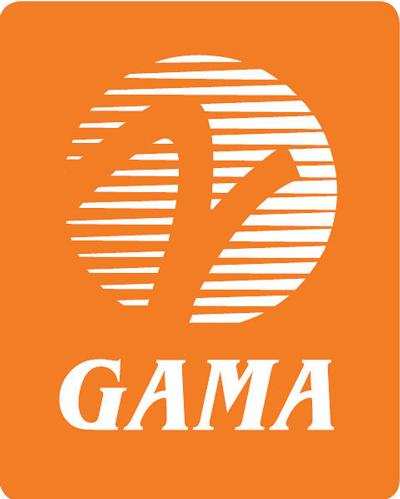Bipartisan Legislation Is Companion To House Measure
Senators Amy Klobuchar (D-MN) (pictured, left) and Lisa Murkowski (R-AK) (pictured, right) have introduced bipartisan legislation aimed at modernizing outdated FAA certification policies currently bogging down small aircraft manufacturers. The Small Aircraft Revitalization Act of 2013 updates the FAA's certification processes to improve safety, decrease costs and encourage innovation.

“As we mark the centennial of Alaska aviation, it’s critical for our pilots and manufacturers to be able to implement 21st century technology in our planes,” said Senator Murkowski. “This bill would ensure that the Federal Aviation Administration meets the needs of our general aviation community by creating a deadline for their certification process to work with so that we can move forward with the best available equipment and innovations.”
“When small aircraft manufactures struggle with red tape preventing them from using the latest technologies, it stifles growth and hurts local economies,” Senator Klobuchar said. “This legislation helps simplify the process for companies designing and implementing new equipment, allowing our manufactures like Cirrus to continue to create the safest, most advanced planes in the world.”
The Small Aircraft Revitalization Act of 2013 establishes a certain future date for the modernization and implementation of the FAA’s small aircraft and parts certification process – a much needed fix at a time when the average age of general aviation airplanes is close to 40. Under current regulations, the costs of investing in new equipment has for too long been restricted by outdated regulations. The bill directs the FAA to make changes proposed by the Aviation Rulemaking Committee, composed of aviation authorities and industry representatives from around the world, to remove barriers limiting investments in new designs and make available lifesaving safety equipment for existing airplanes.

GAMA said in a statement Thursday that it welcomes the bill, which is the Senate companion to H.R. 1848, introduced by U.S. Representative Mike Pompeo (R-KS) and a bipartisan group of U.S. House members earlier this month.
“GAMA is very encouraged by the growing momentum in Congress to address this important issue, and we deeply appreciate the leadership of Senators Klobuchar and Murkowski to improve aviation safety and help promote manufacturing growth in general aviation,” said GAMA President and CEO Pete Bunce. “The support of other bipartisan sponsors of the bill—including Senators Mark Begich (D-AK), Mike Johanns (R-NE), Jerry Moran (R-KS), James Risch (R-ID), Pat Roberts (R-KS) and Tom Udall (D-NM)—makes it clear that the FAA should move quickly to embrace the ARC’s recommendations. These will improve safety, allow manufacturers to invest in new products and install lifesaving equipment on current airplanes, and bring new energy to the lighter segment of the aircraft market, which has been hurt by the overly prescriptive, outdated and rigid rules in place today.”
The ARC report will recommend setting performance-based design requirements, rather than prescriptive, technology-dependent requirements that rely on assumptions based on weight and propulsion type on light general aviation airplanes. Adopting the new regulations would simplify the current process and give manufacturers needed flexibility by allowing them to achieve compliance by meeting consensus-based standards agreed to by industry and the FAA. The current rules have hindered new safety-enhancing products from coming to market and hurt the lighter segments of the GA market.
The ARC, comprised of 150 government and aviation industry representatives, spent 18 months developing the recommendations, and was co-chaired by Greg Bowles, GAMA’s Director of Engineering & Manufacturing.
 Aero-TV: DeltaHawks Diesel Power Steps Into the Spotlight
Aero-TV: DeltaHawks Diesel Power Steps Into the Spotlight NTSB Prelim: Mooney Aircraft Corp. M20K
NTSB Prelim: Mooney Aircraft Corp. M20K ANN FAQ: Turn On Post Notifications
ANN FAQ: Turn On Post Notifications ANN's Daily Aero-Linx (12.20.25)
ANN's Daily Aero-Linx (12.20.25) Aero-News: Quote of the Day (12.20.25)
Aero-News: Quote of the Day (12.20.25)




